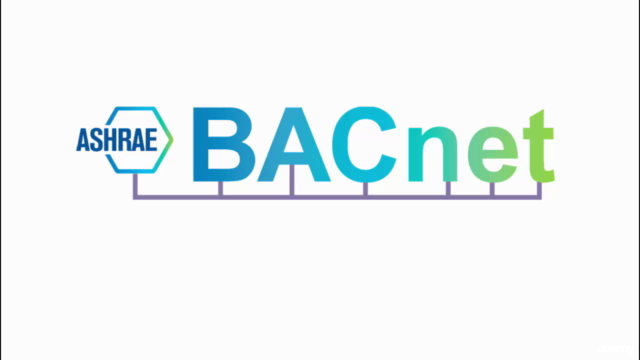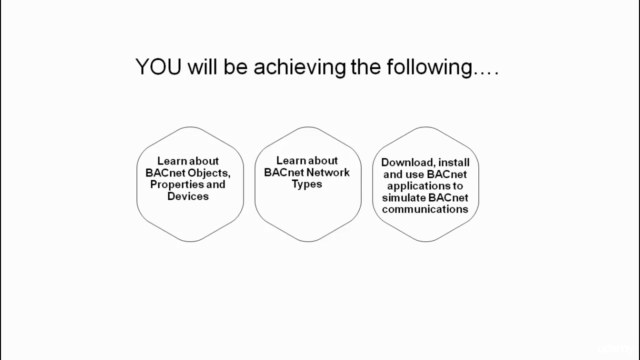A Practical Introduction to the BACnet Protocol

Why take this course?
🎉 A Practical Introduction to the BACnet Protocol 🏢➡️💻
Course Overview:
Understand the critical role of Building Automation and Control Networks (BACnet) in modern architecture, energy efficiency, and sustainable building management. This course combines theoretical knowledge with hands-on experience to provide a comprehensive introduction to the BACnet protocol.
What is BACnet?
BACnet, or Building Automation and Control Network, is an industry standard for device and system interoperability in building automation and control. It's essential for anyone looking to delve into the world of smart buildings and energy management systems. 🔁🏠
Why Learn BACnet?
With a growing emphasis on energy conservation, the demand for professionals well-versed in BACnet is skyrocketing. This protocol is pivotal in optimizing building operations and integrating various systems like HVAC, lighting, and security. It's used globally, making it an indispensable skill for anyone in the field of Building Automation. 🌱🌍
Course Highlights:
- Theory Fundamentals: Learn the history, structure, and purpose of BACnet within building management systems.
- Practical Applications: Gain hands-on experience with BACnet hardware and software, understanding how to implement and troubleshoot systems.
- Real-World Examples: See BACnet in action through case studies and practical demonstrations.
- Interoperability Focus: Discover how BACnet facilitates communication between diverse building systems.
What You'll Learn:
- BACnet Protocol Basics: Understand the protocol architecture, including Object-Oriented Data Model and services.
- Communication and Networking: Master BACnet's message structures, network layers, and device interactions.
- BACnet Applications: Explore various applications of BACnet in building management, from small office complexes to large campuses.
- Troubleshooting and Optimization: Learn best practices for diagnosing and resolving common BACnet issues.
Course Format:
- Interactive Video Tutorials breaking down the core concepts of BACnet in an engaging way.
- Practical Exercises allowing you to apply your knowledge with real BACnet devices and controllers.
- Quizzes and Assignments to reinforce learning and assess your understanding of the material.
- Community Support through forums and Q&A sessions with peers and industry experts.
Who is this course for?
- Building Automation Engineers seeking to enhance their skills.
- HVAC Technicians aiming to integrate smart building technology.
- Students and Enthusiasts of Building Automation and Smart Home technologies.
- Anyone Interested in the intersection of technology and sustainability within buildings.
Join us on a journey to master the BACnet protocol and become a key player in the smart building revolution! With Emile Ackbarali's expertise, you'll gain the knowledge and skills needed to thrive in this exciting field. Enroll now and take the first step towards a future where energy efficiency and innovation go hand-in-hand. 🚀🔧💡
Enroll Now and Start Your Journey into Building Automation with Confidence!
Course Gallery




Loading charts...
Comidoc Review
Our Verdict
A Practical Introduction to the BACnet Protocol lives up to its name, providing a solid foundation on BACnet protocol with hands-on experience. Its real-life device connection sets it apart from other beginner courses. However, those looking for advanced topics, extensive simulator usage or modern examples might find it slightly lacking.
What We Liked
- Covers both theoretical and practical aspects of the BACnet Protocol
- Includes a hands-on BACnet experience with a room control simulator
- Helps identify devices on the network, read data, and write data to physical BACnet MS/TP device
- Compares BACnet to Modbus for better understanding
Potential Drawbacks
- Does not cover advanced topics like BBMDs, peer cache servers, and notification classes
- Could benefit from more in-depth use of the simulator and programming specific purposes
- Lacks modern examples and may feel too short for some learners